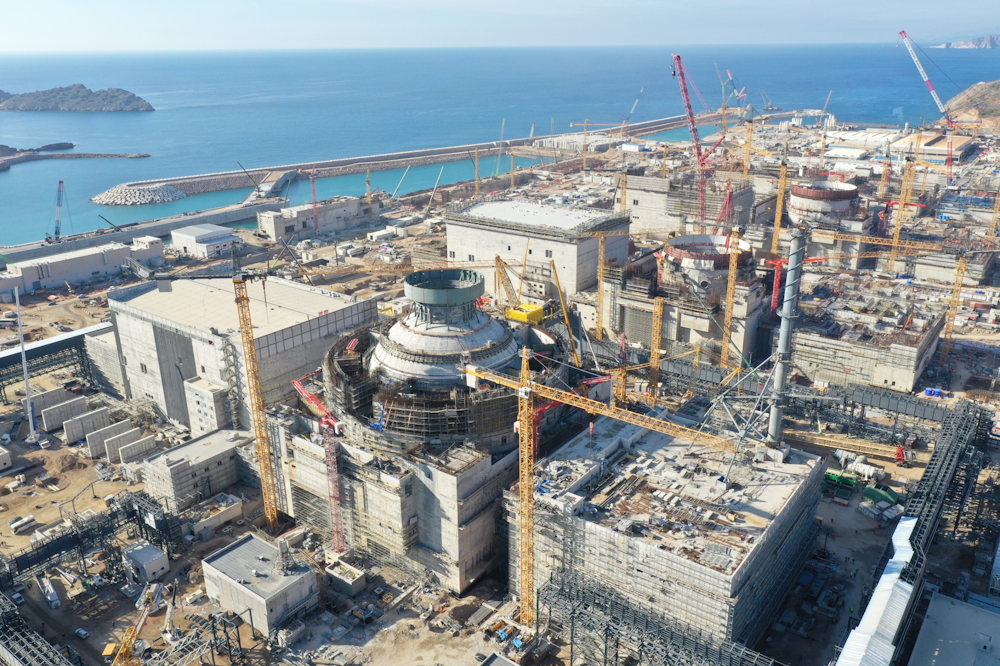Critical Power Loss at Zaporizhzhya: IAEA Urges Immediate Action to Prevent Nuclear Accident
Update 318 – 3 October 2025 – Vienna, Austria
IAEA Director General Rafael Mariano Grossi today announced he is engaged in high-level discussions with the Russian Federation and Ukraine to urgently resolve the power crisis at the Zaporizhzhya Nuclear Power Plant (ZNPP). The facility has been without external grid connection for the past ten days, relying solely on emergency back-up systems.
"Both sides say they stand ready to conduct the necessary repairs on their respective sides of the frontline," said Director General Grossi. "But for this to happen, the security situation on the ground must improve so that the technicians can carry out their vital work without endangering their lives. I’m in continuous contact with senior Russian and Ukrainian officials to achieve this important objective as soon as possible."
Longest Power Loss Yet
The current outage marks the longest Loss of Off-Site Power (LOOP) the ZNPP has experienced during more than three and a half years of military conflict—the tenth such event in total.
The plant requires external electricity to cool its six shutdown reactors and its spent fuel. Until recently, two off-site power lines provided this electricity. However, the 330 kilovolt (kV) line was lost in early May due to damage on the Ukrainian side of the frontline. Then, on 23 September, the final remaining 750 kV line was disconnected following damage sustained on the other side of the frontline.
Grossi emphasized that while the emergency diesel generators (EDGs) are currently functioning well with ample fuel, the situation is precarious: "This is an unprecedented situation that must be resolved without further delay. It is a nuclear safety issue and it is in everybody's interest to fix it."
The Danger of a Complete Blackout
Since the ZNPP’s reactors have been shut down since 2022, the immediate nuclear risk is not as severe as it would be at an operating plant. Nevertheless, the reliance on diesel generators is unsustainable.
If the EDGs were to fail for any reason, the plant would face a complete blackout. This could potentially lead to an accident involving fuel melting and a possible radiation release into the environment if power is not restored promptly. The site has additional mobile diesel generators available as a further safeguard.
"For nuclear safety, this is still a very serious situation," stated Director General Grossi. "I’m calling on both sides to do what is necessary to prevent a further deterioration. It is a question of political will, not whether it is technically possible, which it is."
As of this morning, eight EDGs were in operation, producing 20-22 megawatts—enough to cover the plant's essential safety needs. Twelve additional EDGs are available on standby. The IAEA team on site confirms the EDGs are reliably providing the power required for cooling, with no increase in the coolant temperatures of either the reactor cores or spent fuel pools.
Power Disruptions at Chornobyl Site
Challenges with off-site power were also evident this week at the Chornobyl site. The New Safe Confinement (NSC) facility—the massive structure built to contain the destroyed 1986 reactor—suffered a power loss on Wednesday evening.
- The local 330 kV switchyard near Slavutych was damaged due to military activity, leading to a disconnection of the power line.
- Off-site power to the NSC was restored about 16 hours later.
- During the disruption, the facility briefly lost access to its back-up EDG electricity for about three hours, resulting in a partial blackout.
- However, radiation monitoring and ventilation remained operational through a connection to the systems of reactor units 3 and 4. The IAEA confirmed that radiation levels remained normal throughout the event.
While other facilities at the Chornobyl site maintained power, the town of Slavutych, home to most plant staff, remains without electricity and depends on diesel generators.
In other news, temporary external repairs on the NSC arch, following a drone attack in February, are expected to be completed today, ensuring the structure is fully covered.
Finally, the South Ukraine Nuclear Power Plant has received the 158th delivery of equipment from the IAEA—two mobile portal monitors—funded by Norway to enhance nuclear security measures at the site.



.jpg)


